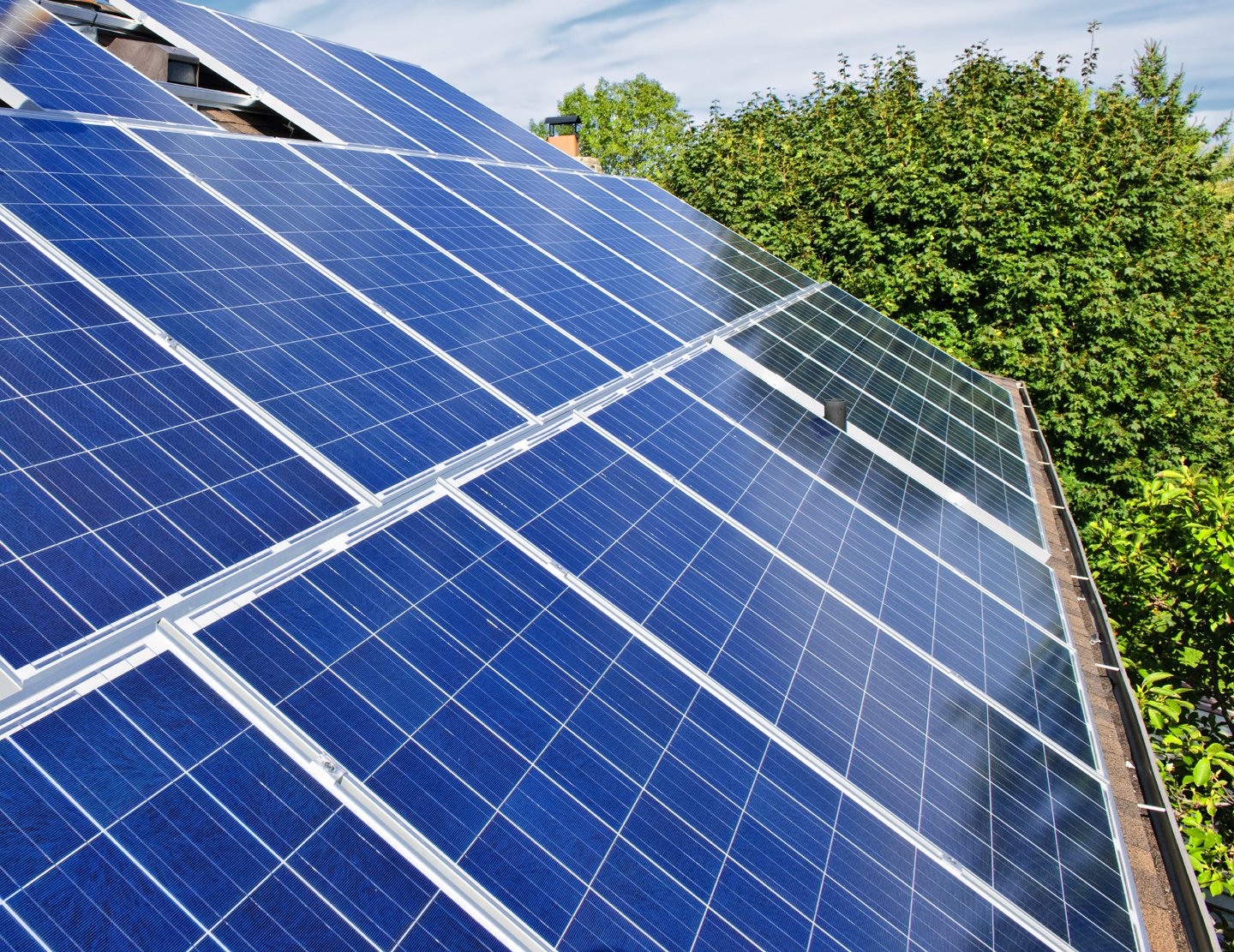California's "Duck Curve" and What It Means for the Northwest
California's ambitious RPS could mean more renewables in the region and power sales
- November 20, 2015
- Carol Winkel

California, with one of the most ambitious renewable programs in the country, increased its renewable portfolio standard in September from 33 percent to 50 percent by the end of 2030. The legislation to increase the state's RPS also made it possible for outside parties to participate in its electricity market, and several Northwest investor-owned utilities have already announced their intention to do that. PacifiCorp is considering full participation in the California ISO.
Solar generation, in particular, has flourished in the state. Grid operator data shows that solar generation can be as much as 19 percent of California's electricity supply on a typical afternoon. Large-scale solar projects from utilities have grown to about 7,000 megawatts in 2015, while rooftop panels on houses and businesses now supply as much as 3,000 megawatts, according to the Federal Energy Regulatory Commission.
This huge amount of renewable generation has prompted concerns about how to balance the system, a problem dramatically illustrated in the well-publicized "duck curve" chart.
The chart illustrates solar generation as it grows during the day, with the potential for overgeneration, to when the sun goes down and people come home from work and electricity use goes up.
At its November meeting, staff presented its assessment of how the Northwest may be affected by the situation in California.
If Northwest utilities join the California ISO, renewable projects in their territories would be eligible to meet California's RPS, and more renewables could be developed in the Northwest. Market prices in the Northwest could go down as a result of the increased supply from the additional resources inside and outside the region.
On the one hand, overgeneration would depress the price of electricity. But there could also be an opportunity for the Northwest to sell power to California to help meet their load when solar generation drops off as the sun goes down.
There are several studies underway to try and get a more accurate picture of the situation, and the Council expects to know more about how the region could be affected next year. For now, it doesn't change the resource strategy in the draft Seventh Power Plan. The Council will review the issue in its mid-term assessment of the power plan.
Related:
California's New Energy Law Sets the Stage for Solar Power Growth
Investigating a 50 Percent Renewable Portfolio Standard in California
Teaching the Duck to Fly: Integrating Renewable Energy



